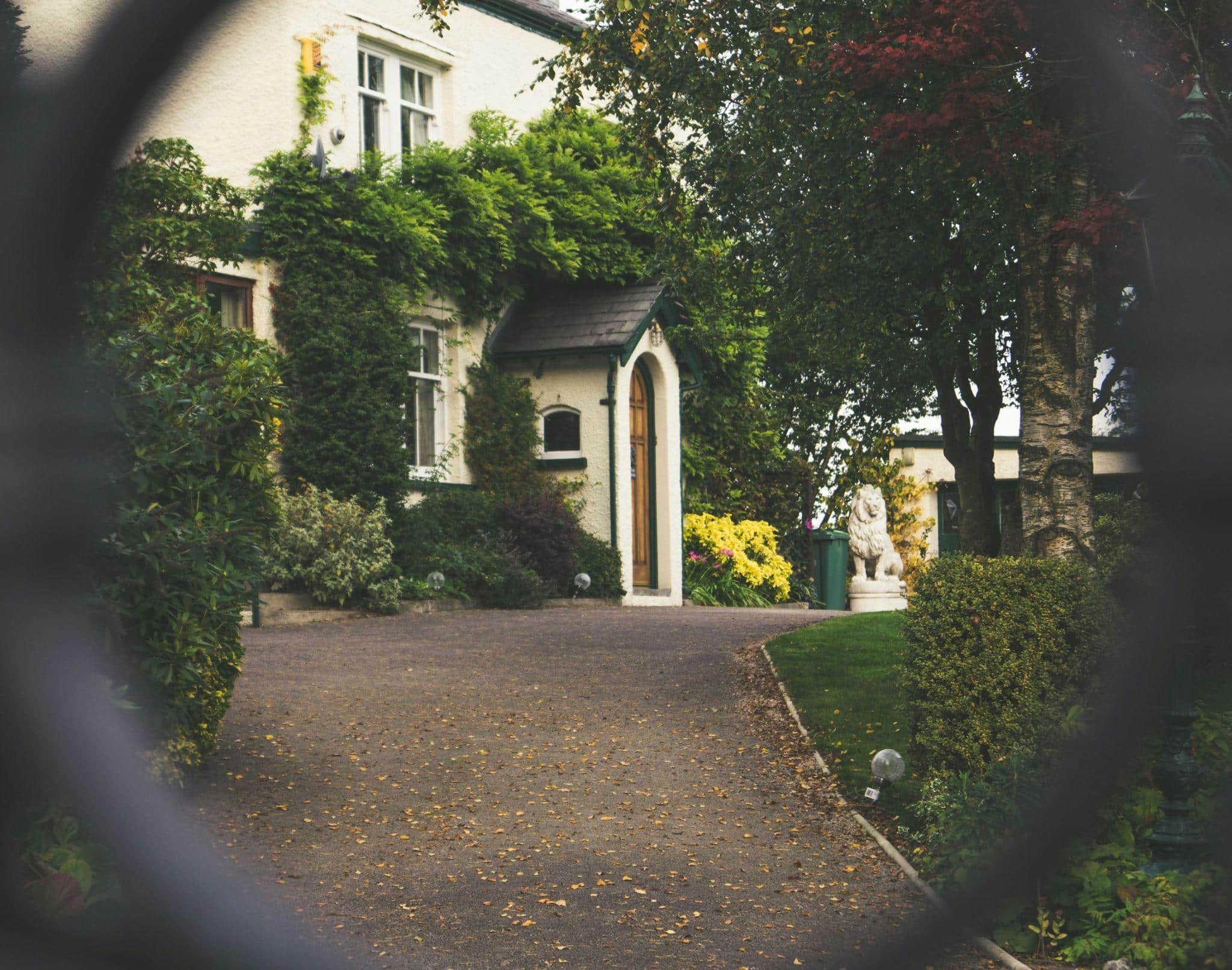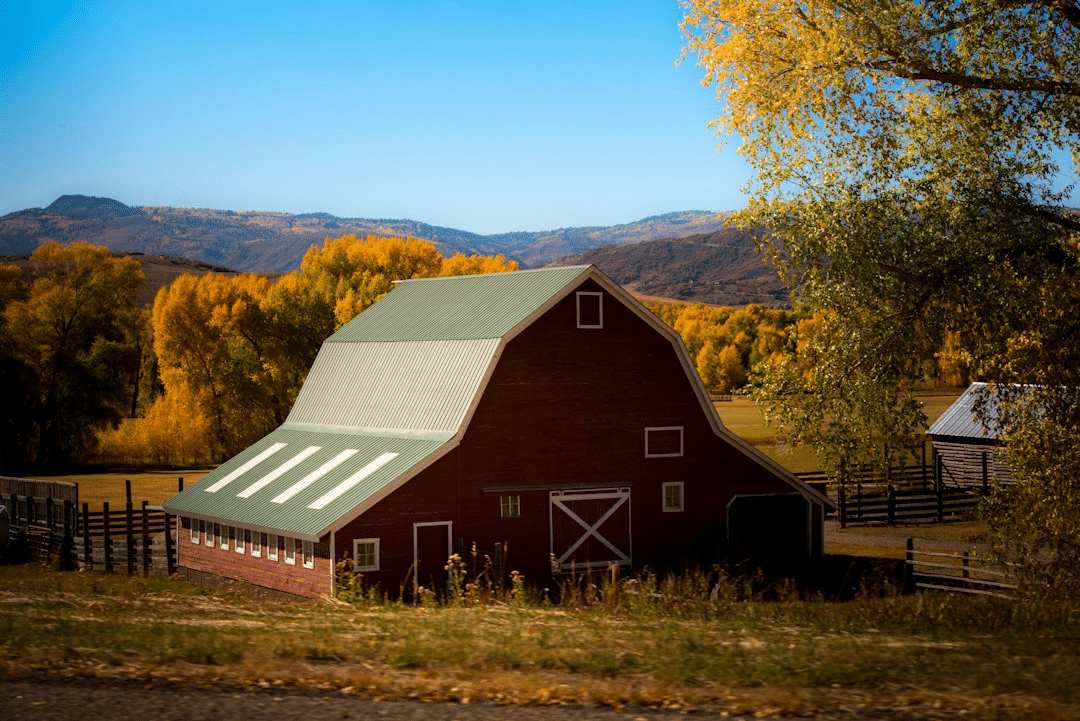Landscape Design: Ideas and Advice for Beginners
For anyone new to the world of landscape design, giving their garden a much-needed makeover can seem like a daunting task involving a range of important decisions they aren’t quite sure how to make. But the truth is, spending time outside and building the natural oasis of your dreams should be an enjoyable and fulfilling endeavor, giving you the freedom to exercise every creative bone in your body.
However, before you rush to the store to buy the first electric chainsaw you see to tackle every tree in sight, it’s imperative to have a clear and intentional plan for your outdoor space. By following a few simple rules, you can get your new landscape project off to a flying start.
Determine Your Needs & Wants
Embarking on a landscape project without a clear understanding of your needs and desires for your outdoor space is like setting sail without a map. Whether it’s a play area for kids, a long-awaited veggie garden, an ideal outdoor entertainment spot, or a haven for wildlife, these aspirations should guide your design decisions.
Many landscape design experts suggest gaining an idea of how large your space is and creating a couple of rough sketches that include the various elements and features you hope to include. At this stage, the sketches simply need to be ideas, not the master plan. This gives you the freedom to play around with multiple combinations without a solid commitment to just one plan.
Start Small
Garden makeover shows may have convinced you it is possible to completely redesign an entire garden in just one day, but this is not at all achievable for home projects. Without an extensive crew and unlimited supplies, creating the landscape of your dreams will be a slow process.
But this shouldn’t be viewed as a bad thing. Worry less about completing everything right away and instead dedicate a few hours every other day to head outside and enjoy the process of transforming your garden into a slice of paradise, like preparing a flowerbed or removing unwanted shrubs. As an added bonus, when you slow down and act more intentionally with your work, you are less likely to make mistakes or resort to shortcuts that could backfire on you later on.
Location is Key
Nothing is more heartbreaking than building the ideal outdoor seating area only to learn that it never catches the sun. When deciding on the placement of plants, seating areas, and other structures, studying the sun and wind patterns within your garden is crucial. A patio with plenty of afternoon sun can become unbearably hot in the peak summer season. At the same time, a strong wind whipping around a corner could quickly extinguish any dream of evenings spent around a fire pit.
A landscape design that lacks consideration of sun and wind patterns at different times of the day and year is a common mistake many beginners make and could prevent you from thoroughly enjoying and utilizing some aspects of your outdoor space.

Establish a Focal Point
When designing any space, indoors or outdoors, the most important aspect is establishing a focal point or a series of central elements around which other design aspects are created and utilized. This could be a showstopping sculpture, a towering tree, or an array of colorful, blooming shrubs.
Suppose your yard is relatively flat and square; traditional ideas with clean and simple lines will give you a casual but polished finish. However, for gardens with multiple areas, varying altitudes, or a free-flowing structure, there is more opportunity to add unique features like a small pond, a gazebo overlooking the rest of the garden, a whimsical fairy garden to entertain children, or an area specifically dedicated to growing wildflowers to support the bee community and other essential pollinators.
Find Proportion
In landscape design, proportion is used to determine whether the size of individual components or groups of different items, like plants or structures, is consistent with the size and lay of the land itself and the design as a whole.
A design that is out of proportion will lack flow and transition between elements, making it appear disjointed and disconnected. For example, a 5-foot wall will perfectly balance a large house but would make a small home look even smaller as the height of the wall is too similar to the height of the house. This can be fixed by planting a row of taller trees between the house and the wall to create gradual change and flow.
Unity in landscape design is like the thread that weaves a tapestry together. It’s the glue that binds your garden into a cohesive whole. Proper proportions play a crucial role in this, especially when it comes to bordering specific landscape elements. By repeating the same size, form, and color, you can create a sense of unity that supports your main design theme.

Be Open to Change
Unless you are wholeheartedly dedicated to one design style or idea, it is important to be honest with yourself about whether an element is realistically going to work the way you want it to in your overall picture.
While it may be easy to redesign flowerbeds or swap small shrubs around your garden as your style and preferences change, removing more permanent structures and larger trees can quickly become a costly and painstaking ordeal. Find ways to experiment with ideas as you go, allowing yourself to edit and change things as needed.







